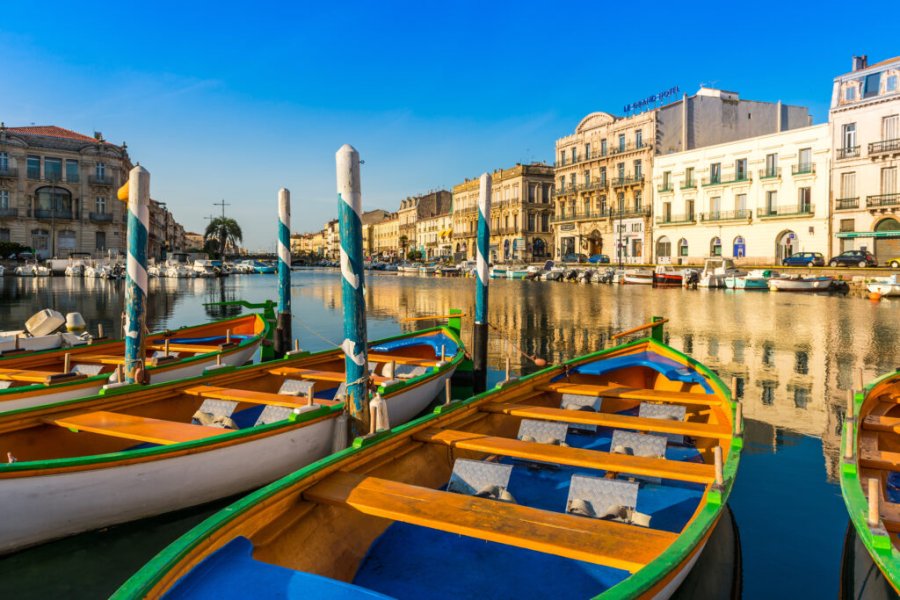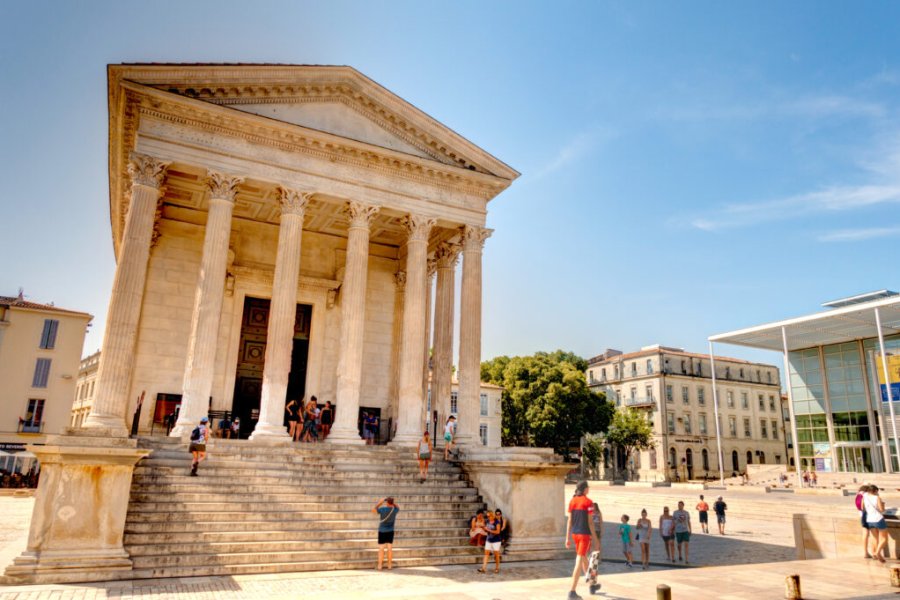Travel Guide Waraniéné
Find an accommodation
Advertising
Along with Katia, Waraniéné is the most accessible and best known of the craft villages scattered around Korhogo, but in reality there are nearly 600 artisans scattered throughout the region. Waraniéné is located 4 kilometers southwest of the city, on the road to Sirasso. Note that the village of Waraniéné also has a nice little mosque.Weaving. Imported into the kingdom of Kong a long time ago by Dioula traders, the technique of spinning and weaving cotton has become part of the Senufo tradition, while having its own particularity. Although most of them use industrial yarns today, one can recognize the "paste" of the Senufo in this thick and irregular hand-woven cotton. Traditional Senufo fabrics are made up of strips of 10 to 14 cm wide sewn together, while the strips of Dioula fabrics are wider and more regular. These fabrics, preserved in their traditional color or dyed with a more or less diluted brown dye (mud or kola nut), were originally used to make the work clothes of the Senufo peasants: breeches gathered at the waist and a tunic with a breast pocket, sometimes with fine stripes in dark indigo thread. They are also the basic material for the costumes of Senufo hunters and dancers, as well as for the panther dancers' coveralls (see "Lataha"). Today they are very popular with the inhabitants of the whole of Côte d'Ivoire, all ethnic groups included, and are even sold across the borders in Burkina and Mali. As a result, the weaving villages are among the most prosperous in the region. Waraniéné is divided into two parts with two chiefs: weavers on one side, farmers on the other Technique. Here, we learn that the women are in charge of crocheting, cotton spinning and sewing, while the men weave from father to son, on looms (about 200 threads per loom, hung on a stone laid on the ground a few dozen meters away, that the weavers bring together as the work progresses) made by them, in the wood from which houses were once built. The little boys who are lucky enough to go to school come to weave on weekends, holidays or during the vacation, while the others start very early in the uninterrupted production Shopping. These artisans operate on the model of the cooperative, their finished products (tablecloths, boubous, bags, shirts ...) are then exposed for sale. The prices are posted and not very negotiable, and - it must be said - much more expensive than in the artisanal center of Korhogo for example or in the less touristy village of Katia. Nevertheless, you should know that it takes 3 days for the local weavers to make a tablecloth of 12 covers, a boubou or a tunic being able to be made in one day. It is therefore necessary to pay for these days of work. You will only find woven robes, bedspreads and 2-piece loincloths in Waraniéné, and the choice is vast and unique, while the rest (dresses, boubous, children's clothes, tablecloths) can be found elsewhere a little cheaper
Suggested addresses Waraniéné
Weather at the moment
Advertising
Organize your trip with our partners Waraniéné
Transportation
Book your plane tickets
Car Rental
Boat rental
Accommodation & stays
Find a hotel
Holiday rental
Find your campsite
Tailor-made trip
Immersion travel
Services / On site
Activities & visits
Find a doctor



